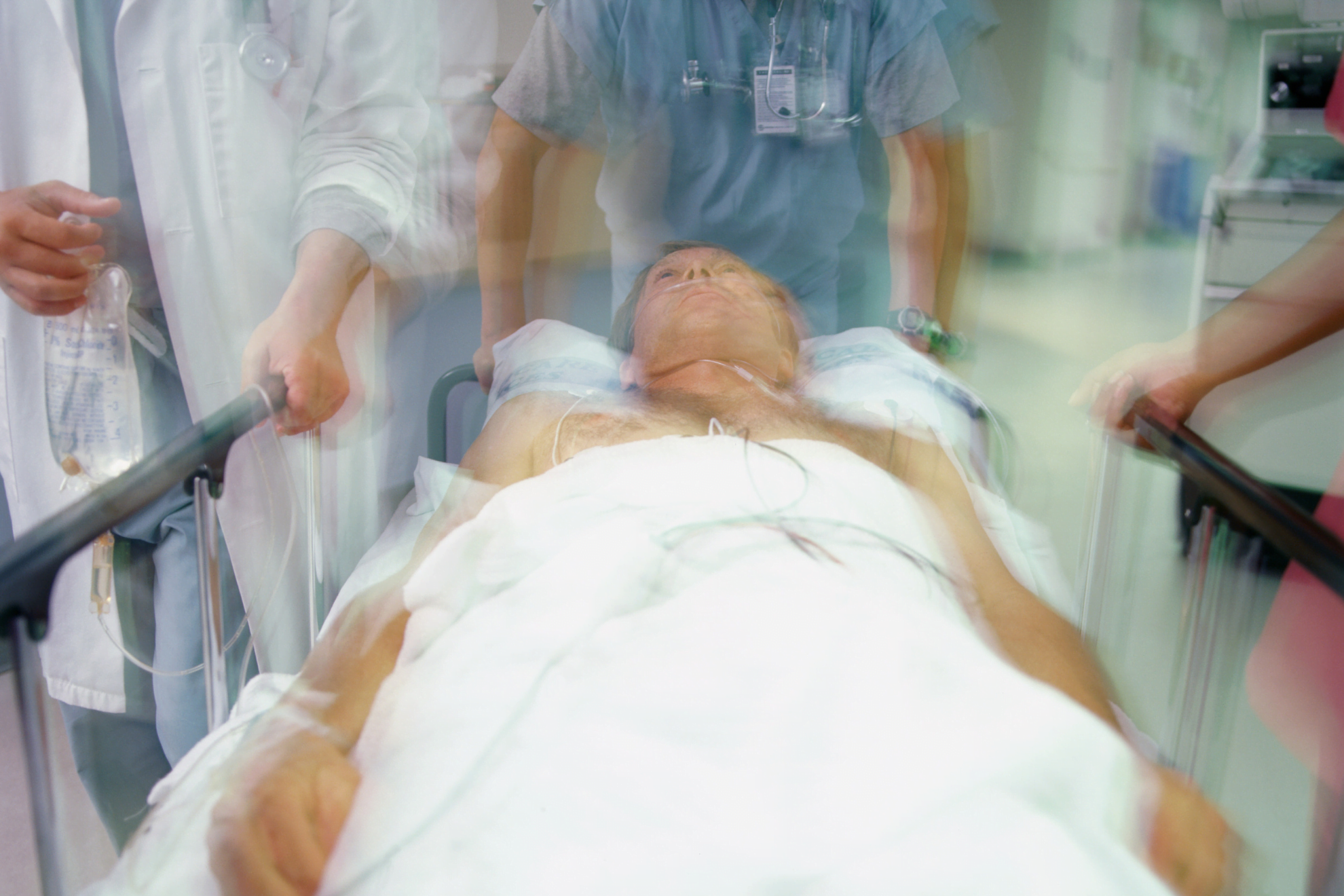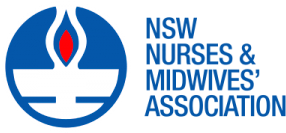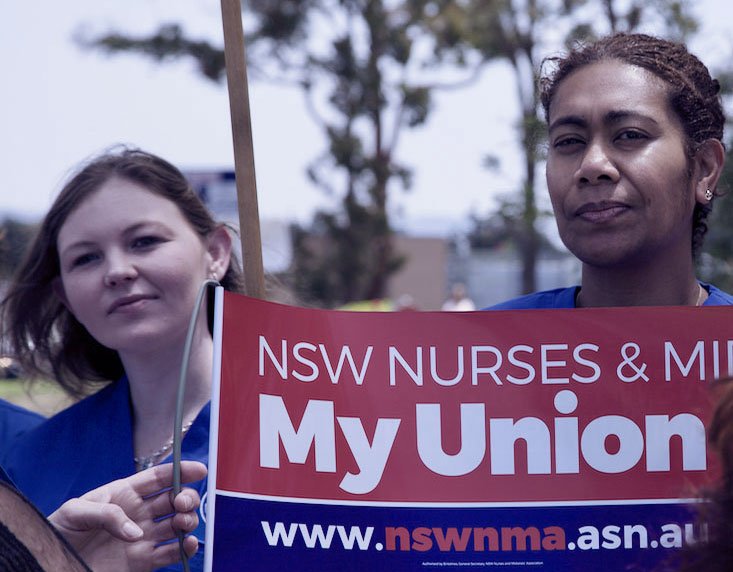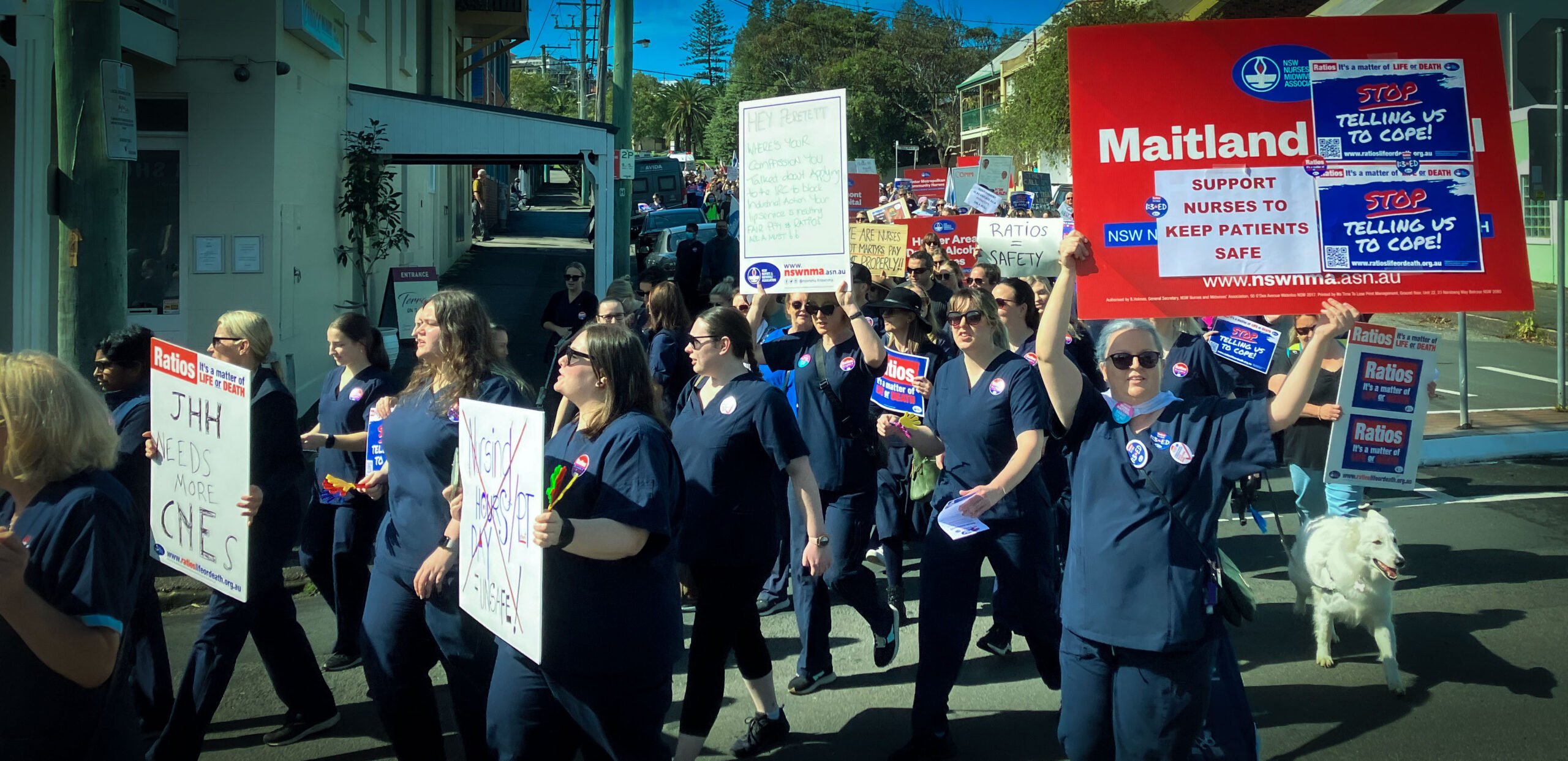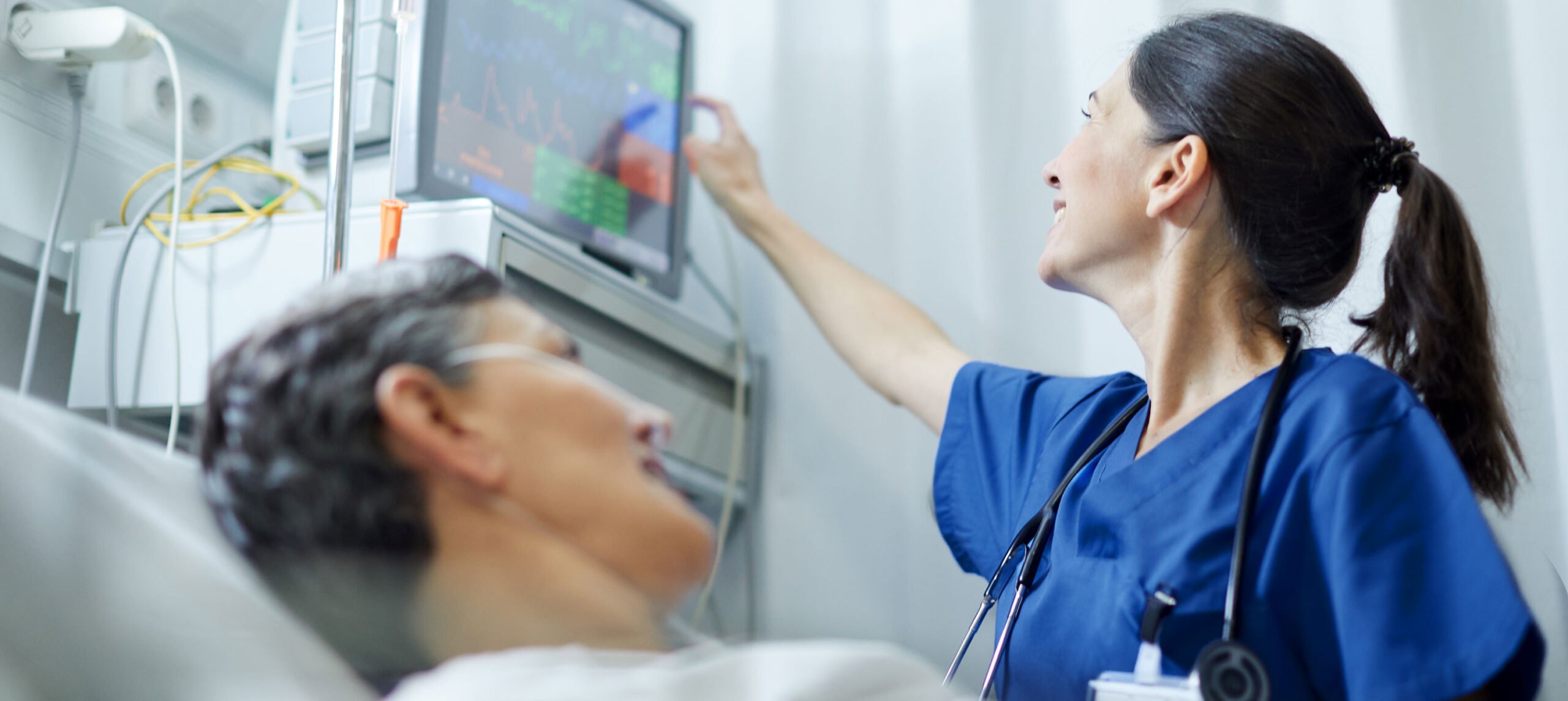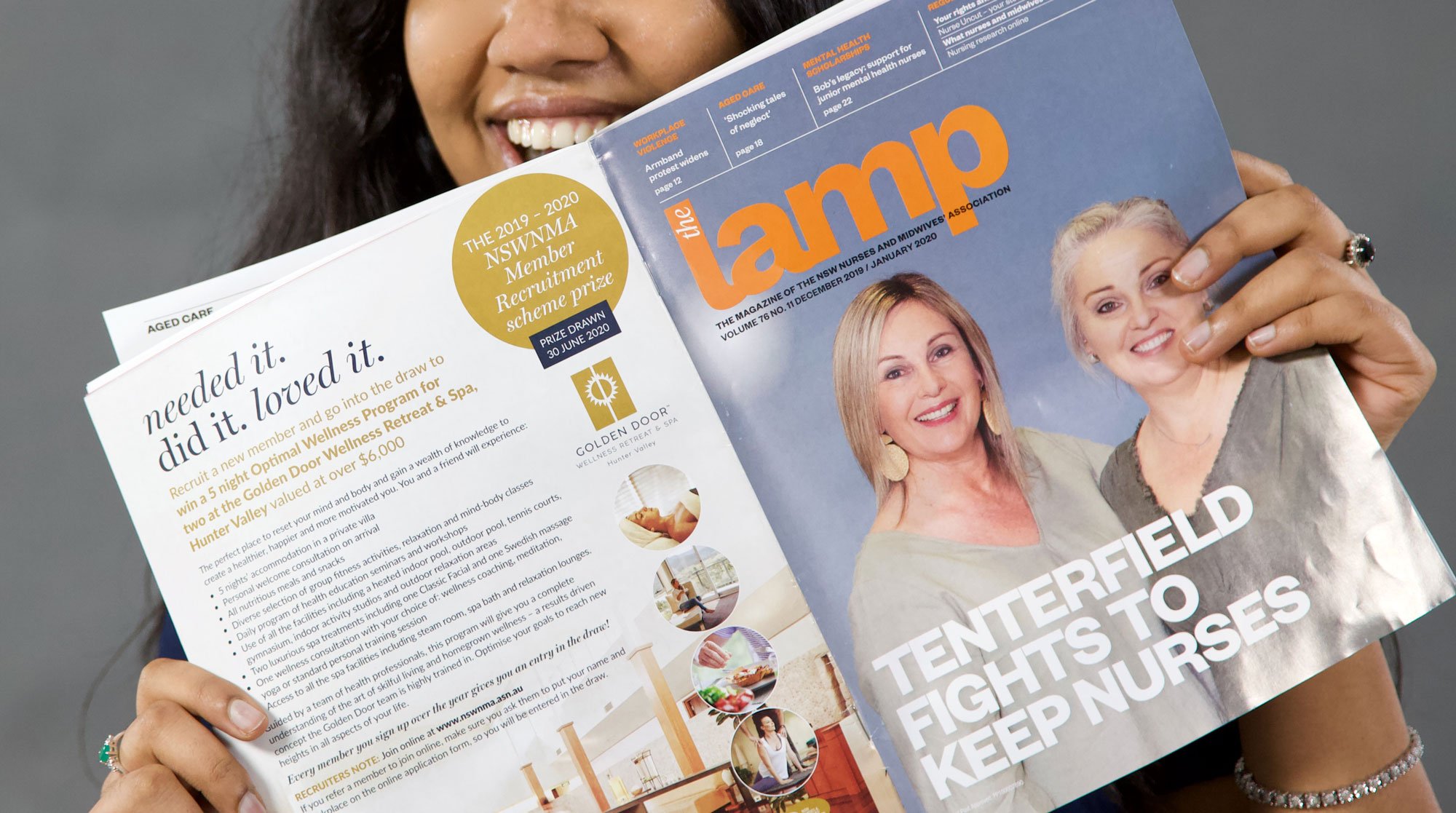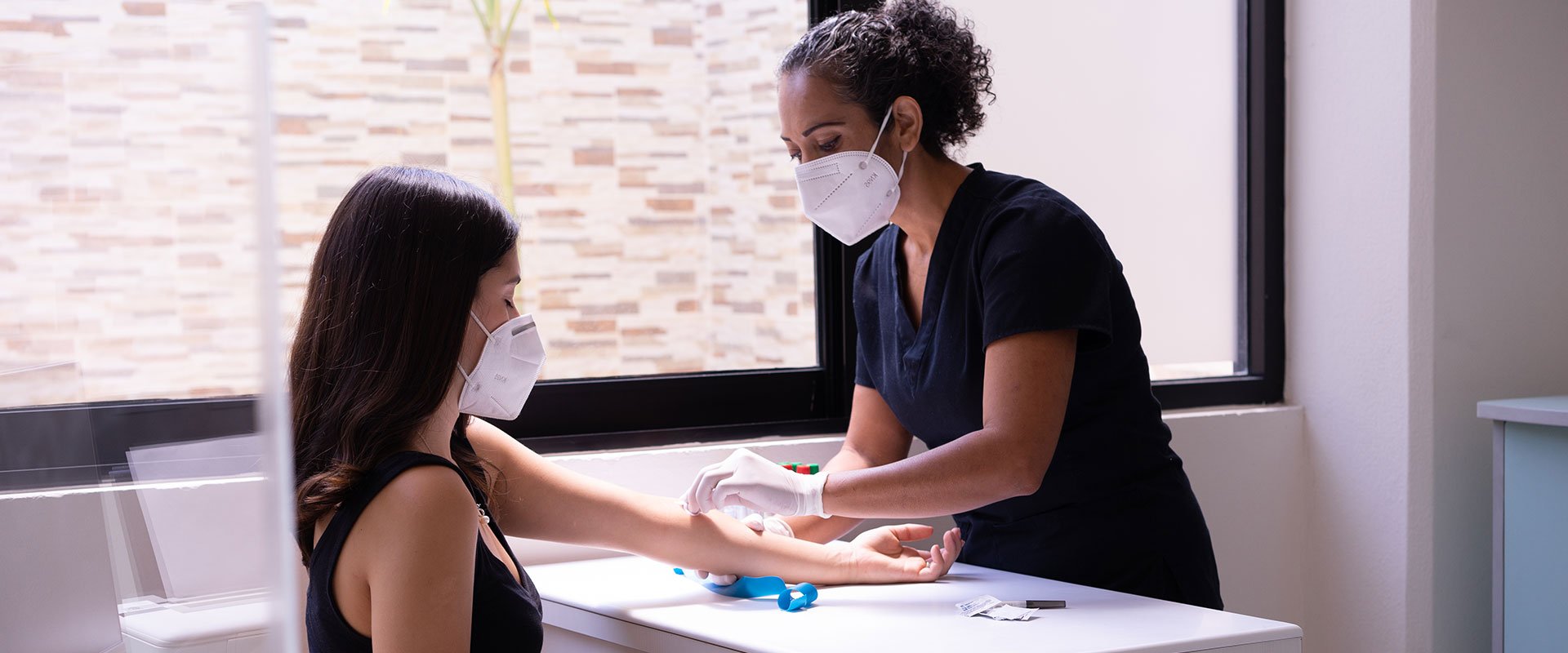With sicker patients presenting to NSW emergency departments (ED) and more patients leaving without treatment, the NSW Nurses and Midwives’ Association (NSWNMA) is calling on the state government to repair the strained public healthcare system, by investing in its largest workforce.
According to the latest Bureau of Health Information (BHI) report, there were 787,590 ED attendances in the July to September quarter, up 2.1% compared to the same quarter last year.
Concerningly, almost 68,000 patients left the ED before completing treatment, which is almost 10% more than the same period in 2023.
The volume of seriously ill patients presenting to EDs has also reached unprecedented levels. EDs across the state saw the highest numbers on record of triage category 2 (emergency) and triage category 3 (urgent) presentations.
NSWNMA General Secretary, Shaye Candish, said it was clear emergency departments were buckling under the immense pressure and it was nurses who were at the forefront of this crisis.
“It’s no surprise the latest quarterly BHI data confirms what our members know – that they are getting busier and busier. They’re treating more seriously ill patients than ever before, with unparalleled numbers of emergency and urgent presentations this quarter,” said Ms Candish.
“It’s disappointing only 61% of patients who attended EDs started their treatment on time, which is the lowest on record, while only just over half of all patients spent less than four hours in the ED.
“However, it is evident from this data that the severe pressures on our EDs cannot be primarily attributed to the GP shortage, as semi-urgent and non-urgent cases have both fallen, while patients presenting with complex and acute conditions have risen.
“Members are dealing with extremely testing conditions, often working chronically understaffed while striving to provide quality clinical care to all patients. Workloads have increased tremendously, yet nurses and midwives’ pay has stagnated, resulting in them being some of the lowest paid in the country while living in the most expensive state.
“We are calling on the government to invest in its largest female-dominated workforce by delivering competitive rates of pay that keep up with the cost-of-living, instead of silencing and punishing nurses and midwives by choosing to pay them low wages.”
NSWNMA Assistant General Secretary, Michael Whaites, said the government would continue to struggle with inadequate staffing levels unless nurses and midwives’ pay and conditions improved.
“These latest hospital figures show a public health system under ever increasing pressure. We have shortages across the state which are being driven by uncompetitive wages. If the government doesn’t act on this, patient care will continue to be compromised,” said Mr Whaites.
“We know the issue of bed block is being exacerbated because of the growing number of ED presentations throughout NSW hospitals. Many metropolitan and regional hospitals are seeing an uptick in patients coming through their doors including Blacktown (7.5%), Nepean (7.6%), Prince of Wales (3.7%), Liverpool (4.6%), Maitland (4.8%), Port Macquarie (4.4%), Gunnedah (14.1%) and Deniliquin (11%), compared to 2023 levels.
“Our members’ wages are stuck in 2008 and certainly haven’t kept pace with the increased activity as they struggle to deal with the current demands.
“Alarmingly, keeping our state’s nurses and midwives’ wages uncompetitive means Labor’s key election commitment to introduce Safe Staffing Levels is at risk of not being met. Our communities rely on timely care when they need it and the Treasurer’s stance on wages for nurses and midwives is increasingly placing this at risk.
“This situation could be addressed, and many more nurses and midwives could be recruited and retained, if the NSW government chose to work with us on amicable workforce and pay outcomes.”
